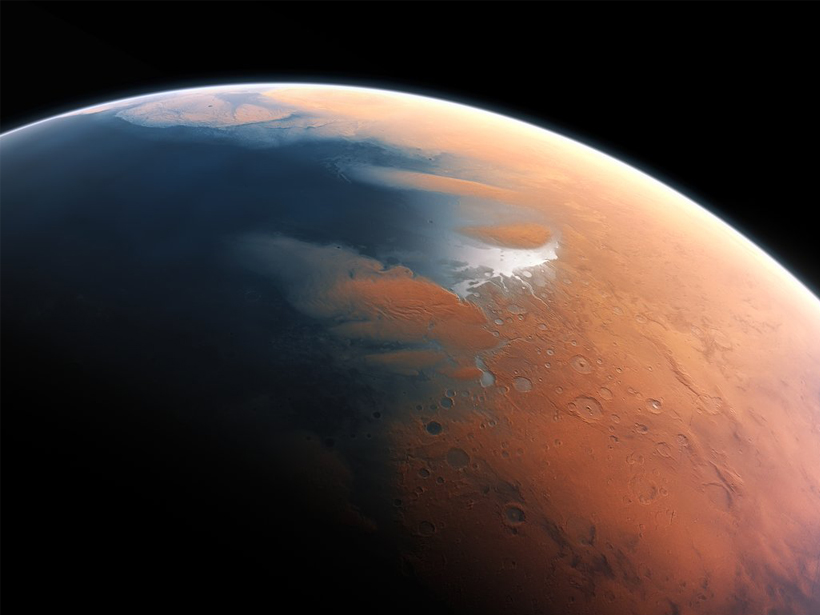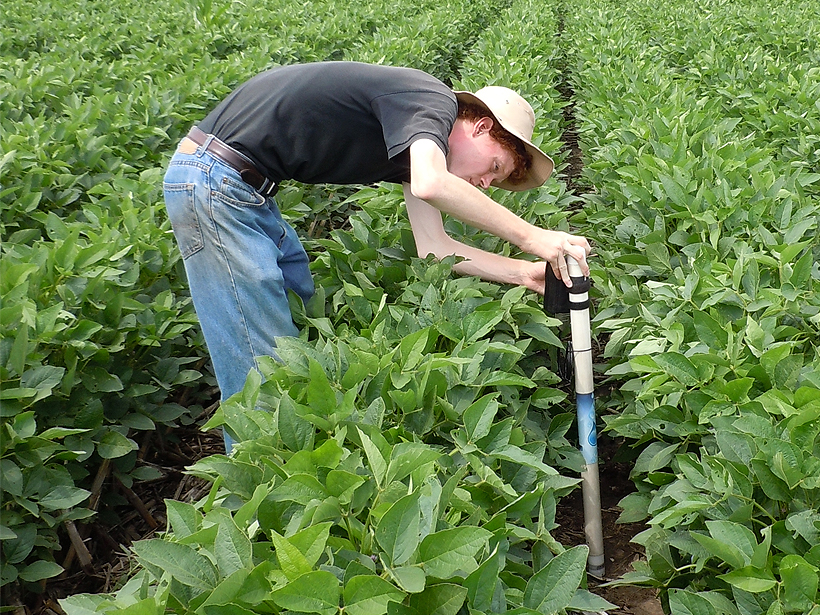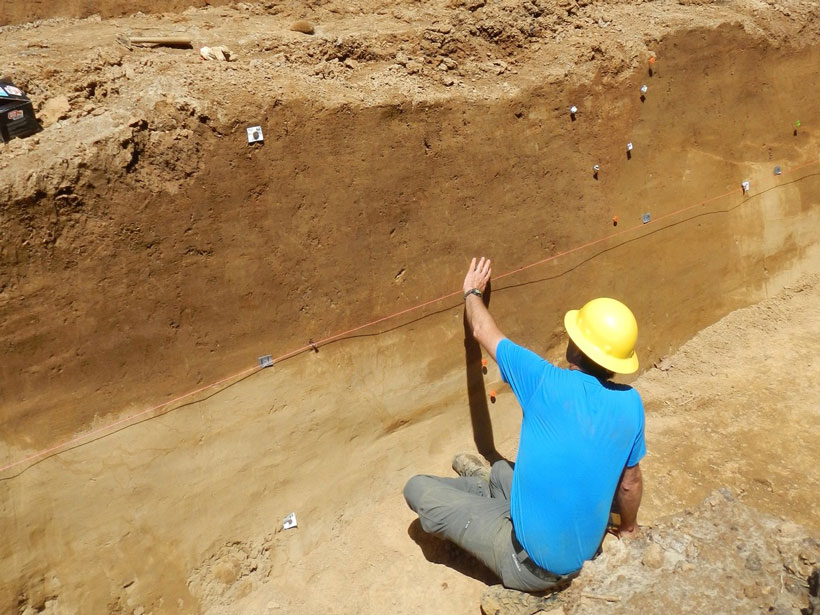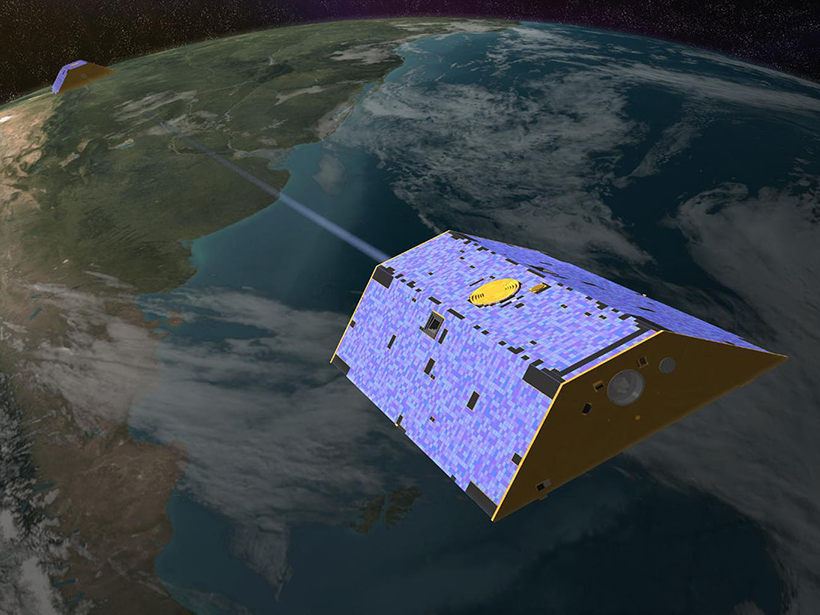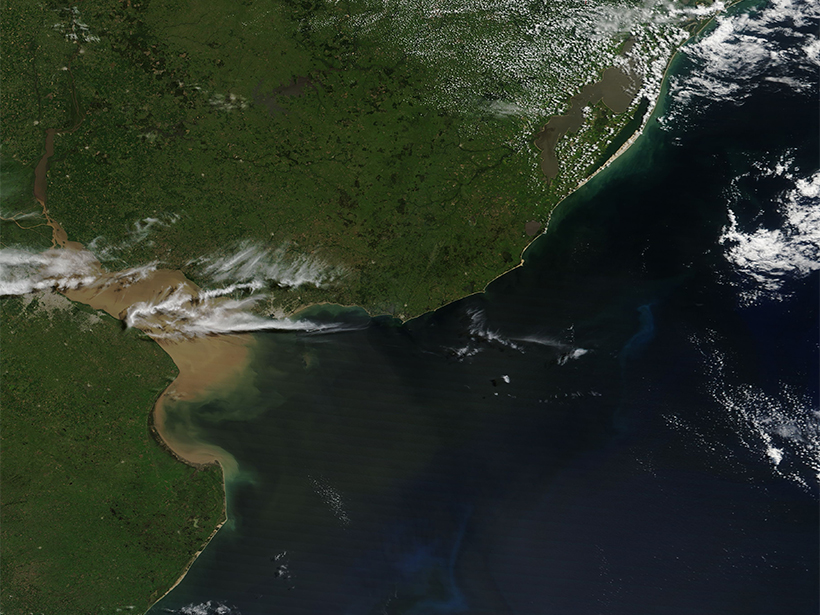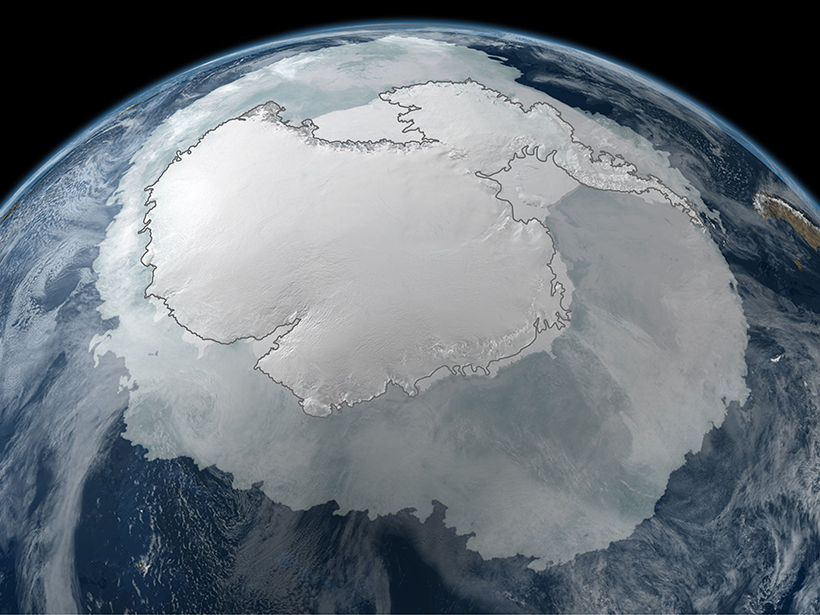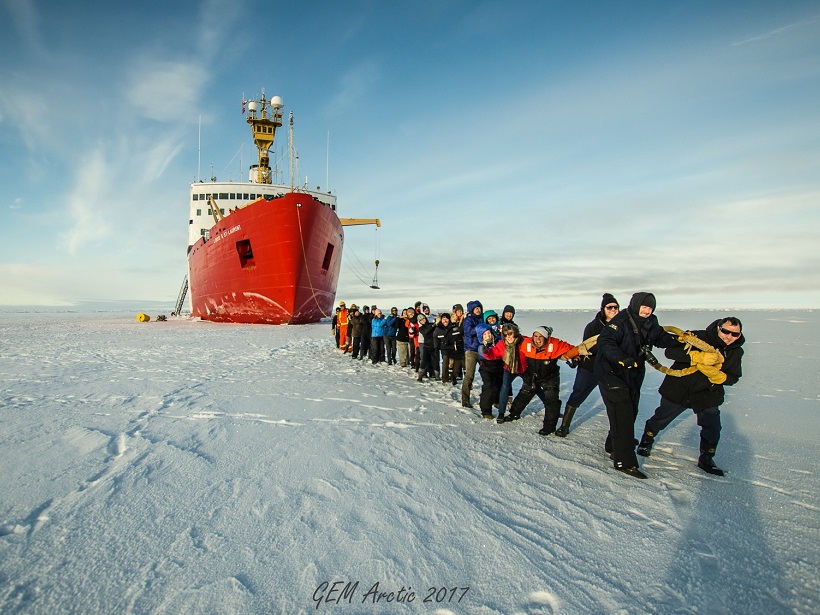Mars’s aqueous past holds the answers to many questions about the Red Planet. A new study provides a tool for scouring planetary surfaces for ancient shorelines.
CC BY-NC-ND 2019
Are Soil Moisture and Latent Heat Overcoupled in Land Models?
A novel statistical approach demonstrates how to reduce bias in remote sensing estimates of soil moisture and latent heat flux coupling strength and clarifies the relationship between the variables.
Secrets from the New Madrid Seismic Zone’s Quaking Past
High-resolution lidar topography reveals a long history of ancient earthquakes.
Did Global Glaciation Cause the Great Unconformity?
In a new study, researchers make the case that large-scale glaciation during parts of the Neoproterozoic era led to extensive erosion of Earth’s crust.
Precariously Balanced Rocks Reveal Earthquake History in Israel
Using the prevalence of unstable rock formations in Israel’s Negev Desert, researchers determined that historical earthquakes in the region were weaker than previously thought.
Improving Water Resources Management with Satellite Data
An extensive review reveals that remote sensing is changing the way we manage water resources and suggests that the coming years will bring both exciting advancements and new challenges.
Unraveling the Origins of a Record-Setting Marine Heat Wave
The extreme heat wave in the southwestern Atlantic in 2017 was likely caused by upper atmosphere circulation patterns triggered by the Madden-Julian Oscillation tropical weather cycle.
European Contact with the Americas May Have Triggered Global Cooling
The loss of precontact agricultural communities to genocide and disease may have led to massive reforestation, a dip in carbon dioxide, and one of the coldest snaps of the Little Ice Age.
Understanding Past Changes in Southern Ocean Sea Ice
C-SIDE Workshop; Vancouver, British Columbia, Canada, 24–26 October 2018
In a Spin: New Insights into the Beaufort Gyre
A new special collection in JGR: Oceans presents results from studies of the Beaufort Gyre, an oceanic circulation system in the Arctic that has far-reaching influence on the global climate.

